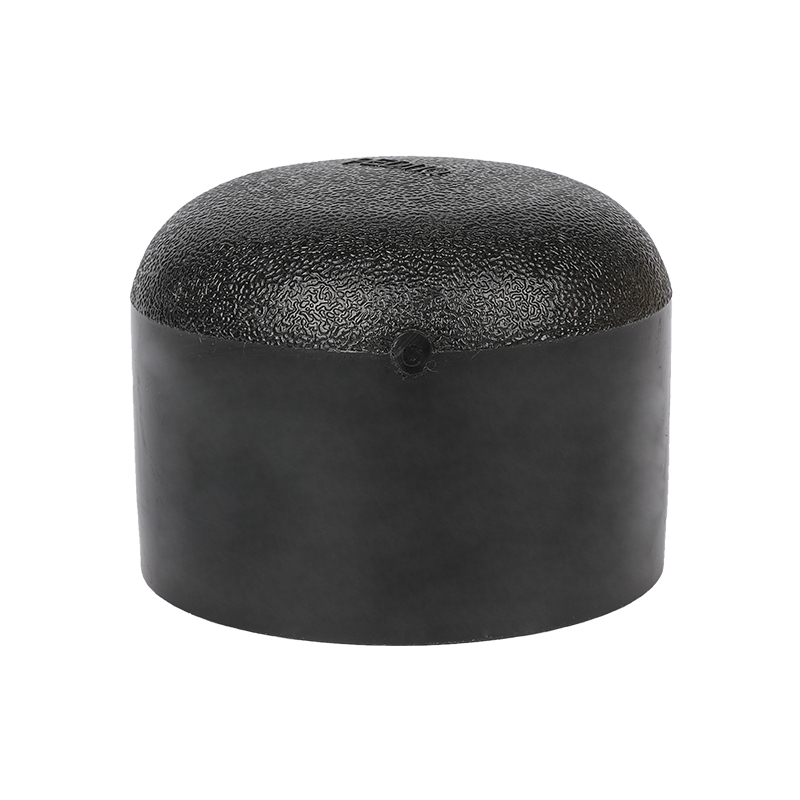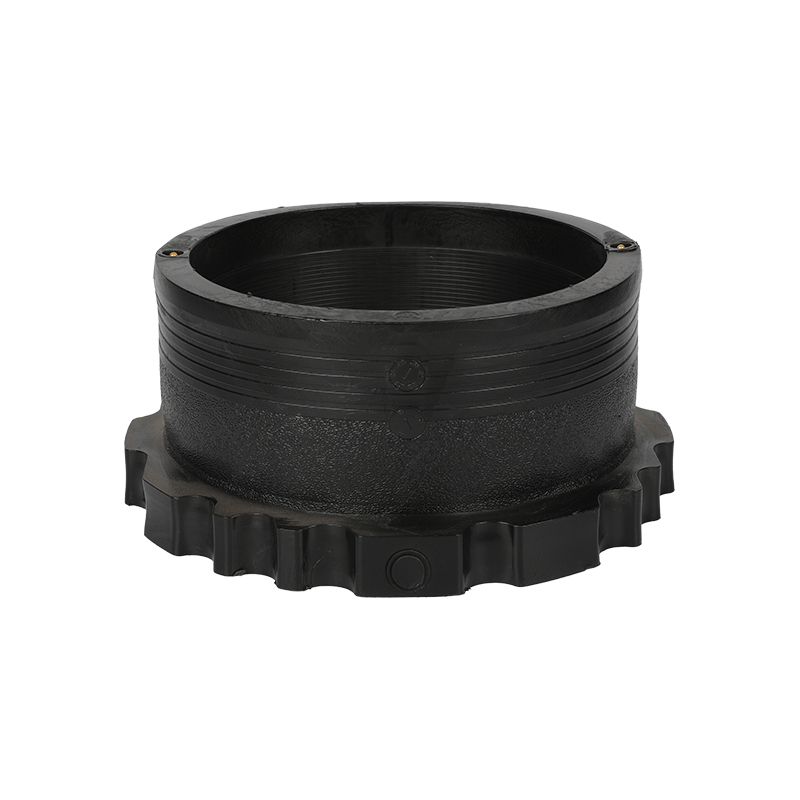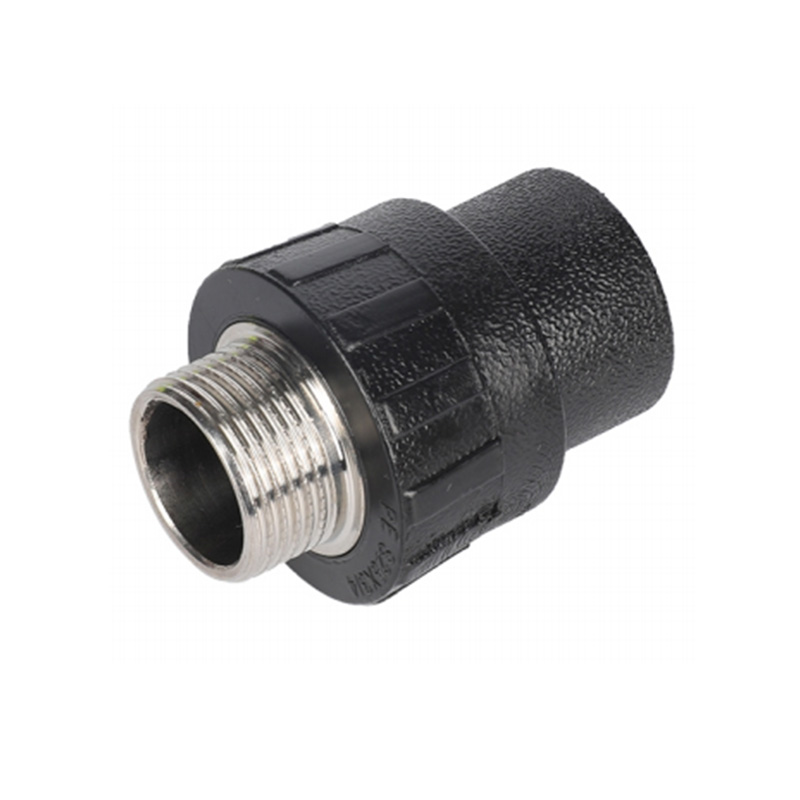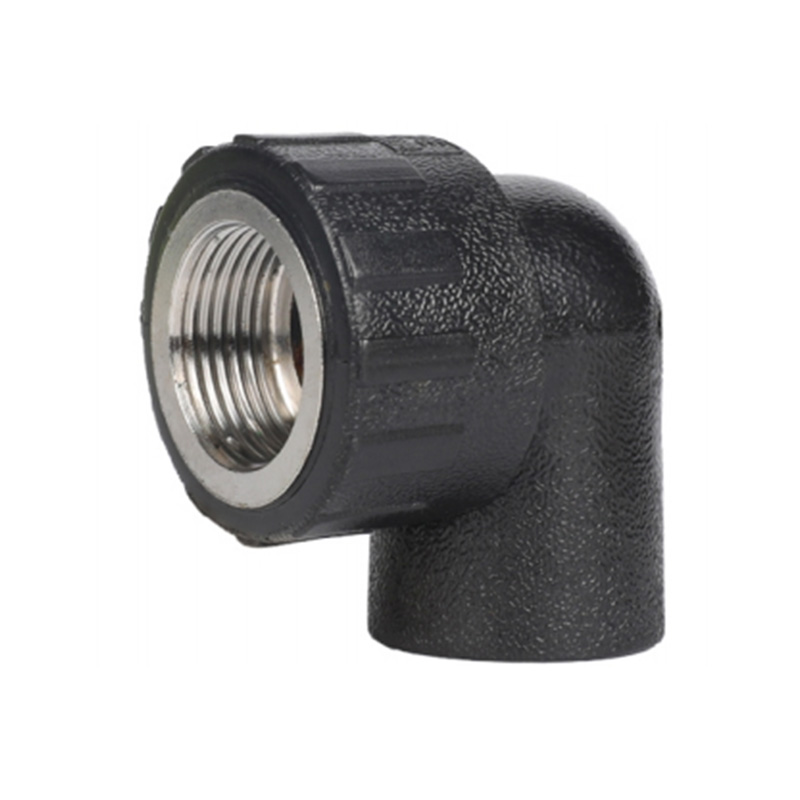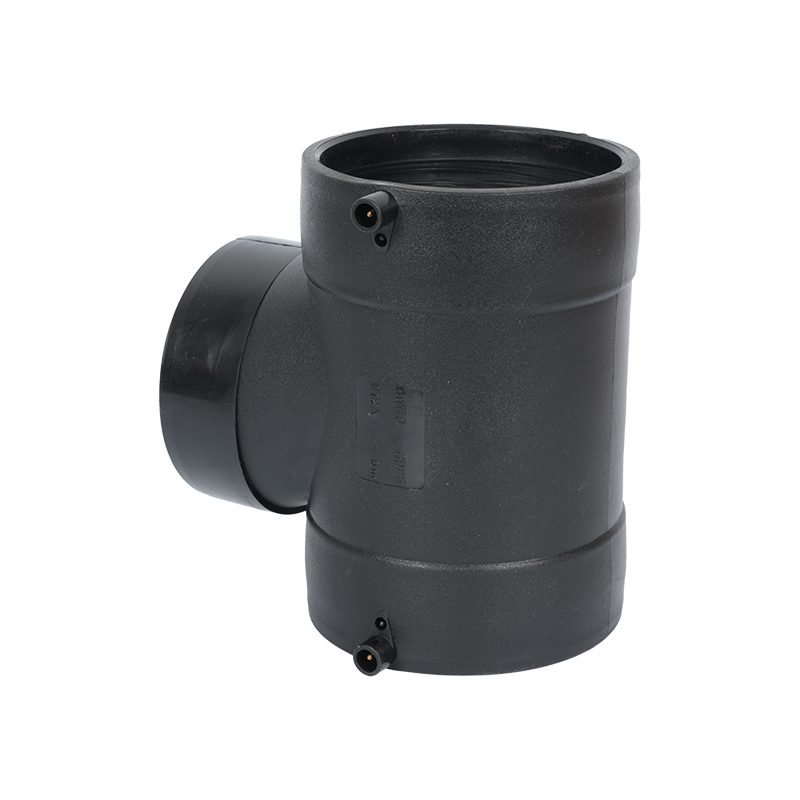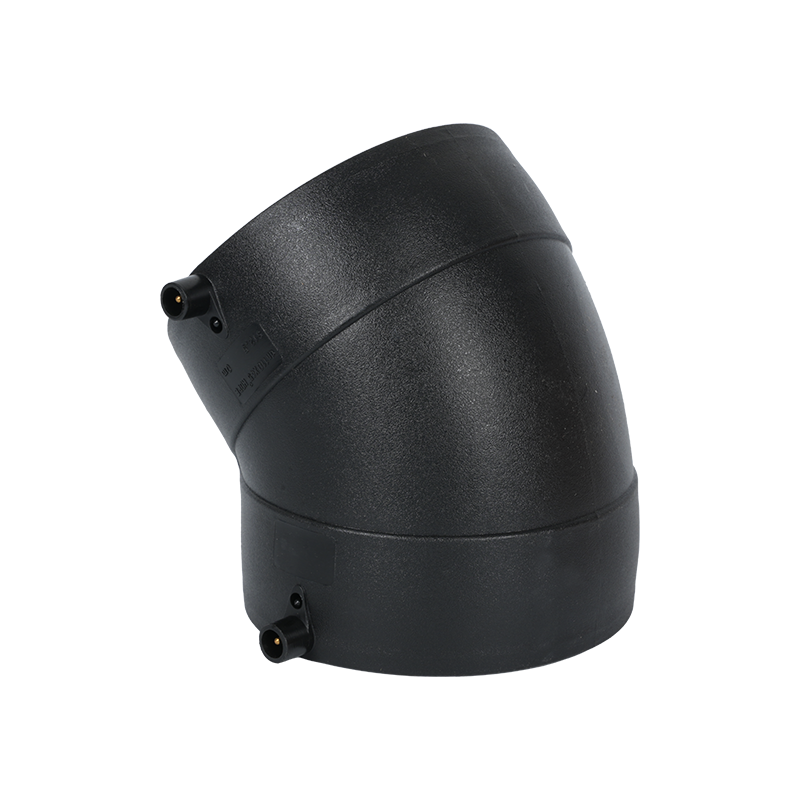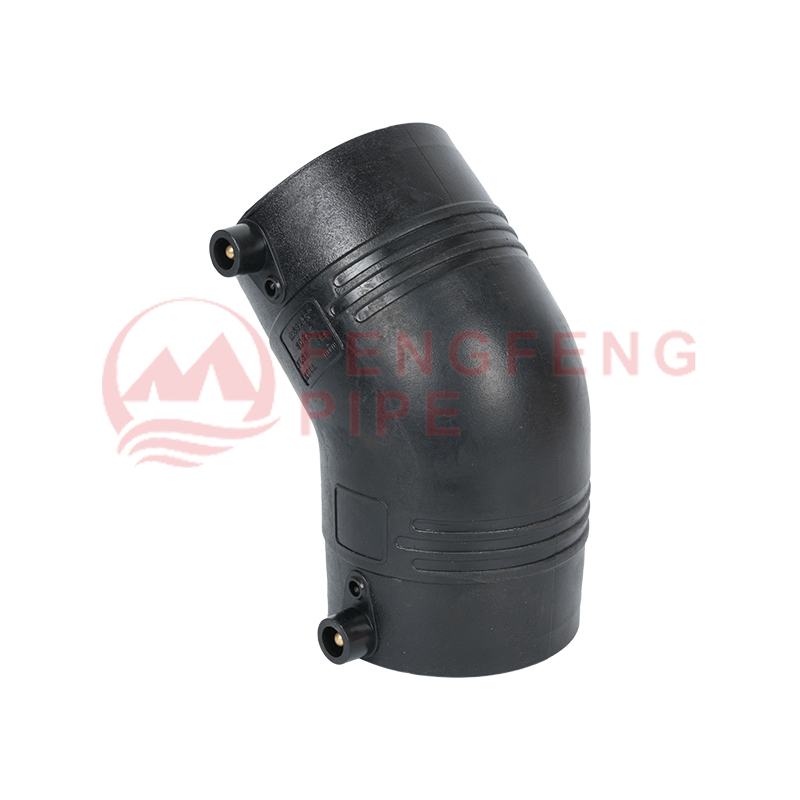What is the impact of high temperature environment on the performance of HDPE pipe fittings
 2024.11.11
2024.11.11
 Industry news
Industry news
High-density polyethylene (HDPE) pipe fittings have been widely used in many fields such as water supply and drainage systems, agricultural irrigation, and industrial transportation due to their excellent physical and chemical properties. However, with global climate warming and the prevalence of high-temperature environments in specific application scenarios, the performance changes of HDPE pipe fittings under high-temperature conditions have gradually become the focus of the industry.
changes in physical properties
In high-temperature environments, the physical properties of HDPE pipe fittings, including hardness, strength and stiffness, may change significantly. The fundamental reason for this phenomenon is that as a polymer material, HDPE's molecular chains are prone to relaxation at high temperatures, resulting in a decrease in mechanical properties. Specifically, as the temperature increases, the molecular chain movement of HDPE pipe fittings intensifies, and the interaction force between chain segments weakens, resulting in a significant reduction in the material's mechanical properties such as hardness, strength, and stiffness. This change becomes more obvious under the continuous action of high temperature, which may have a negative impact on the normal use and safety of HDPE pipe fittings.
Thermal expansion phenomenon
High temperatures may also cause significant thermal expansion of HDPE pipe fittings. Since HDPE material has a large linear expansion coefficient, the length and diameter of the pipe will change significantly when the ambient temperature increases. This thermal expansion not only affects the dimensional stability of HDPE pipe fittings, but may also adversely affect its installation accuracy and service life. Especially at pipeline connections, stress concentration caused by thermal expansion and contraction may lead to connection failure or leakage, which in turn affects the operating efficiency and safety of the entire system.
Thermal aging phenomenon
High temperature environment will also accelerate the aging process of HDPE pipe fittings. Aging is a phenomenon in which the performance of materials gradually decreases due to the action of heat, light, oxygen and other factors during long-term use. In high-temperature environments, the aging rate of HDPE pipe fittings is significantly accelerated, which may lead to cracks, embrittlement and other phenomena on the surface of the material. This aging not only affects the appearance quality of HDPE pipe fittings, but also significantly reduces its mechanical properties and service life, thereby increasing the cost of maintenance and replacement.
changes in chemical properties
High temperature environments may also affect the chemical properties of HDPE pipe fittings. Under high temperature conditions, HDPE materials may react chemically with oxygen, water vapor, etc. in the air, resulting in changes in material properties. For example, oxidation reactions at high temperatures may form an oxide layer on the surface of HDPE pipe fittings, affecting its corrosion resistance and weather resistance. This chemical reaction not only affects the performance of the material, but may also cause the failure of the pipe fittings in practical applications.
KEEP IN TOUCH


